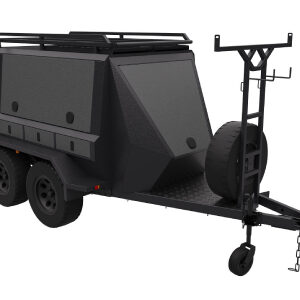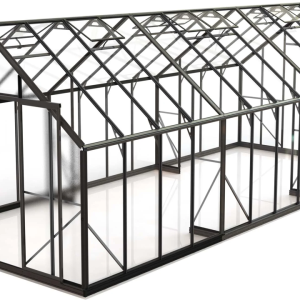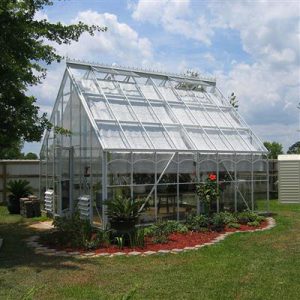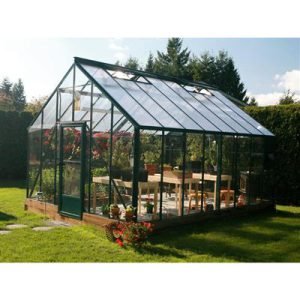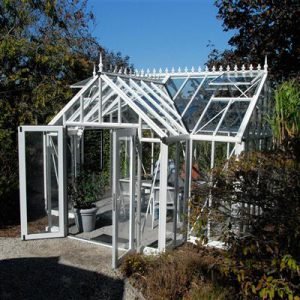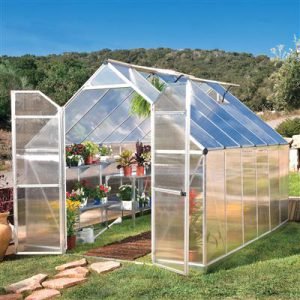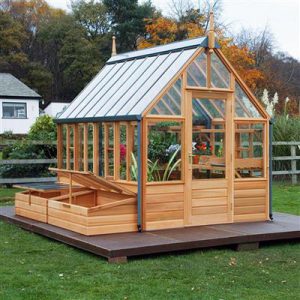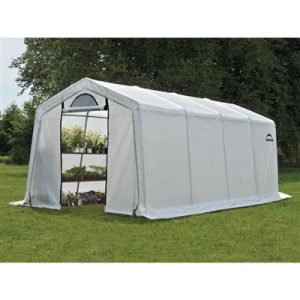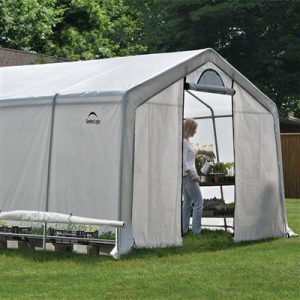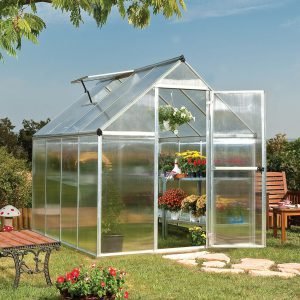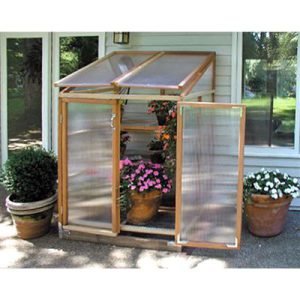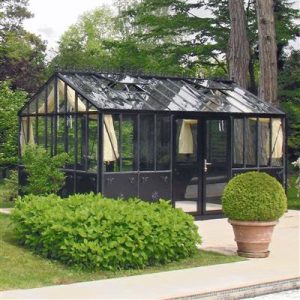Greenhouse Kits Store Australia & New Zealand.
Our Shop
Send us a message on WhatsApp for all your inquiries and questions you can solve your problems in a shorter time with direct chat.
Greenhouse Kits Australia and New Zealand at Whole Sale Prices.
Over the past decade, Australia and New Zealand have witnessed a significant increase in the popularity of greenhouse kits, marking a shift in gardening trends driven by environmental awareness, economic factors, and lifestyle changes. Greenhouse kits, which offer a ready-made, often modular solution for those looking to grow plants in a controlled environment, have become a go-to for both hobbyists and commercial growers alike. The trend is a reflection of broader global movements toward sustainable living, but it has taken on particular significance in these two countries due to unique environmental, economic, and cultural factors. This essay explores the reasons behind the rise of greenhouse kits in Australia and New Zealand, considering factors such as climate challenges, the push for self-sufficiency, innovations in greenhouse technology, and the growing popularity of organic farming. Polycarbonate Greenhouses Australia
Greenhouse Kits For Sale
1. Climatic Challenges and Solutions
Both Australia and New Zealand have distinct and often challenging climates that make year-round gardening difficult. Australia is known for its harsh, dry summers and unpredictable weather patterns, while New Zealand has a more temperate climate but can experience heavy rainfall and sudden temperature changes, particularly in its southern regions.
In Australia, the increasing severity of droughts, heatwaves, and bushfires has led to the need for controlled growing environments. Traditional outdoor gardening methods are becoming less reliable as water scarcity becomes a more pressing issue. Greenhouse kits offer an attractive solution by providing a controlled environment that mitigates these extremes, conserving water through techniques such as drip irrigation and rainwater collection systems. Additionally, greenhouses protect plants from external elements like extreme heat and pests, ensuring a more reliable crop yield.
In New Zealand, where frost and wind can damage crops, greenhouses provide an opportunity to extend the growing season. Frost-sensitive plants, which might otherwise perish during the colder months, can thrive within the insulated walls of a greenhouse. This control over environmental conditions allows both hobbyists and commercial growers to cultivate a wider variety of plants, from tropical fruits to sensitive flowers, that would not typically survive in the unpredictable outdoor climate.
2. The Push for Self-Sufficiency and Sustainability
Another critical factor behind the rise of greenhouse kits is the growing interest in self-sufficiency and sustainable living. In both Australia and New Zealand, there is an increasing awareness of the environmental impacts of large-scale agriculture, particularly concerning carbon emissions, water use, and soil degradation. Many people are turning to home gardening as a way to reduce their environmental footprint, grow organic food, and become less dependent on industrial food systems.
Greenhouse kits align perfectly with this trend. They enable individuals to grow their food year-round, reducing the need for imported produce and the carbon emissions associated with long-distance transportation. Furthermore, greenhouse environments are highly efficient in terms of water and energy use. Many kits come with integrated solar panels or are compatible with renewable energy sources, allowing for off-grid gardening. The use of greenhouse kits also reduces the need for chemical pesticides and fertilizers, as the enclosed environment allows for better control of pests and diseases.
The COVID-19 pandemic further accelerated this trend, as many people experienced disruptions in food supply chains and became more aware of the fragility of global markets. The crisis prompted a surge in interest in home gardening, and greenhouses became an essential tool for those looking to ensure food security. This shift toward self-sufficiency has not only been seen among hobbyists but also among small-scale farmers who want to diversify their crops and reduce reliance on external suppliers.
3. Technological Innovations and Accessibility
One of the most significant contributors to the rise of greenhouse kits in Australia and New Zealand is the advancement in greenhouse technology. Modern greenhouse kits are now more affordable, accessible, and user-friendly than ever before. Improvements in materials, such as polycarbonate panels and aluminum frames, have made greenhouses more durable and easier to assemble. Additionally, many kits now come with features such as automatic ventilation systems, heating elements, and humidity control, allowing even novice gardeners to create an optimal growing environment. Buy Garden Sheds Australia.
These innovations have made greenhouse gardening accessible to a broader audience, including urban dwellers who may have limited outdoor space. Compact greenhouse kits, such as mini-greenhouses or balcony greenhouses, are ideal for small spaces, allowing people in cities to cultivate their own herbs, vegetables, or flowers. This is particularly relevant in densely populated areas of Australia and New Zealand, where urban agriculture is gaining popularity as a way to reconnect with nature and reduce dependence on supermarket chains.
Online retailers and gardening companies have also made it easier to purchase and set up greenhouse kits. E-commerce platforms allow customers to compare prices, read reviews, and select kits that best suit their needs and climate conditions. This convenience, combined with the availability of DIY kits that require minimal tools and expertise, has lowered the barrier to entry for greenhouse gardening.
4. The Growing Popularity of Organic Farming
The rise of organic farming and gardening practices in Australia and New Zealand has also played a significant role in the increasing demand for greenhouse kits. As consumers become more conscious of the chemicals and pesticides used in conventional agriculture, there has been a strong shift toward growing organic produce at home. Greenhouses offer an ideal environment for organic farming, as the controlled setting reduces the need for synthetic chemicals to combat pests and diseases.
Furthermore, many greenhouse kits now come equipped with features that support organic practices, such as composting systems, rainwater collection, and hydroponic setups. Hydroponic greenhouses, in particular, have seen a surge in popularity in Australia and New Zealand, as they allow for soil-free growing, which is both space- and resource-efficient. Hydroponic systems also use significantly less water than traditional gardening methods, making them especially appealing in drought-prone regions of Australia.
The rise of farmers’ markets and local food movements has further encouraged the use of greenhouses. Many small-scale farmers and community-supported agriculture (CSA) initiatives in both countries are utilizing greenhouse kits to extend their growing season and provide a consistent supply of organic produce. These greenhouses enable farmers to meet the growing demand for locally sourced, pesticide-free food, particularly during off-season months when outdoor crops are not viable.
5. Economic Factors and Government Support
Economic factors also contribute to the rise of greenhouse kits in Australia and New Zealand. As the cost of living increases, many households are looking for ways to save money on groceries. Greenhouses offer a long-term investment that can reduce food expenses, particularly for families who grow their own vegetables, fruits, and herbs. In regions where the price of fresh produce can be high due to transportation costs or seasonal shortages, greenhouses provide a reliable source of affordable, homegrown food.
In addition to individual economic benefits, there is also growing government support for sustainable agriculture and home gardening initiatives in both countries. Australia and New Zealand have introduced various grants and subsidies to encourage environmentally friendly farming practices, including the use of greenhouse kits. These programs aim to reduce the environmental impact of traditional agriculture while promoting food security and local food production. Government initiatives, combined with public awareness campaigns, have helped to fuel the growth of greenhouse gardening as part of a broader strategy for environmental sustainability.
The rise of greenhouse kits in Australia and New Zealand is the result of a confluence of factors, including climate challenges, a push for self-sufficiency, technological innovations, and the growing popularity of organic farming. As people become more conscious of their environmental impact and seek ways to reduce their dependence on industrial agriculture, greenhouse kits offer a practical, affordable, and sustainable solution. Whether for hobbyists, urban gardeners, or small-scale farmers, greenhouses provide a means to grow food year-round, conserve resources, and cultivate a deeper connection with nature. As this trend continues to grow, it is likely that greenhouse kits will become an increasingly important part of the agricultural landscape in both countries.
Showing 1–20 of 43 results


